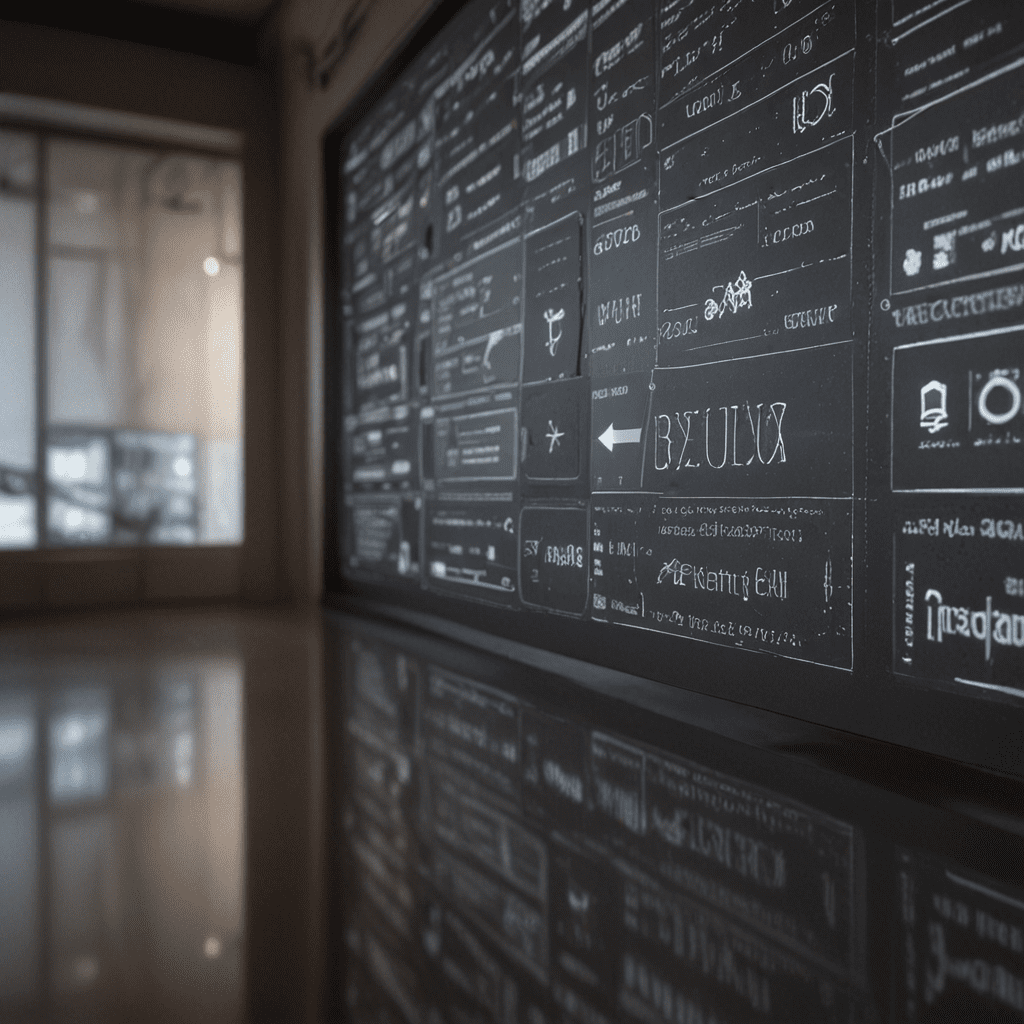
1. Introduction: Understanding User Flow Optimization
User flow optimization is a crucial aspect of UX design that involves understanding and refining how users navigate and interact with a product or service. It entails analyzing user journeys, identifying pain points, and implementing solutions to enhance the overall user experience. By optimizing user flow, designers can create seamless, intuitive, and efficient experiences that drive user satisfaction and business success.
2. The Significance of User Flow in UX Design
User flow plays a pivotal role in UX design as it directly impacts user engagement, conversion rates, and overall product usability. A well-optimized user flow guides users effortlessly through their desired tasks, reducing frustration and increasing the likelihood of completing their goals. Conversely, poor user flow can lead to confusion, abandonment, and negative brand perception.
3. Understanding the User Journey and its Components
The user journey encompasses the sequence of steps a user takes to achieve a specific goal or task within a product or service. It typically involves several stages, including:
- Goal definition: Identifying the user's ultimate objective.
- Discovery: Exploring the product or service to find relevant information.
- Decision-making: Evaluating options and making choices.
- Action: Performing the desired task.
- Outcome: Achieving the intended result or facing obstacles.
4. Identifying User Flow Problems and Bottlenecks
To effectively optimize user flow, it is essential to identify and address potential problems and bottlenecks. Common issues include:
- Confusing navigation: Users struggle to find their desired content or functionality.
- Excessive friction: Unnecessary steps or obstacles hinder users from completing tasks efficiently.
- Lack of clarity: Users are uncertain about the next steps they should take.
- Technical glitches: System errors or performance issues disrupt user flow.
5. Strategies for Optimizing User Flow
Optimizing user flow involves a multifaceted approach that may include:
- Streamlining navigation: Simplifying menus, providing clear signposting, and reducing unnecessary clicks.
- Reducing friction: Minimizing the number of steps required for task completion and automating repetitive processes.
- Providing visual cues: Using visual elements like buttons, icons, and images to guide users and provide feedback.
- Personalizing the experience: Tailoring the user journey based on individual preferences and context.
6. Techniques for Mapping and Visualizing User Flows
Mapping and visualizing user flows are essential for analyzing and optimizing them. Techniques include:
- Journey mapping: Creating a visual representation of the user's journey, identifying touchpoints and interactions.
- Flowcharts: Using diagrams to illustrate the logical flow of user actions and decisions.
- User experience (UX) prototyping: Building interactive prototypes to simulate the user experience and test different flow scenarios.
7. Tools and Techniques for User Flow Analysis
Various tools and techniques aid in user flow analysis, such as:
- Web analytics: Tracking user behavior and identifying areas of friction or confusion.
- User testing: Observing users interacting with the product or service to gather insights into their experience.
- Heuristic evaluation: Conducting expert reviews to identify potential usability issues.
8. Measuring the Success of User Flow Optimization
Measuring the success of user flow optimization involves tracking relevant metrics, including:
- Task completion rate: The percentage of users who successfully complete their intended tasks.
- Time on task: The average time it takes users to accomplish a specific task.
- Error rate: The number of errors encountered by users during their journey.
- User satisfaction: Collecting feedback from users to gauge their overall experience and satisfaction.
9. Case Studies and Best Practices in User Flow Optimization
Numerous case studies and best practices demonstrate the impact of user flow optimization on UX. Examples include:
- Amazon's one-click checkout: Streamlining the checkout process to reduce friction and increase conversion rates.
- Google's search bar auto-complete: Providing suggestions to assist users in finding relevant information quickly.
- Netflix's personalized recommendations: Tailoring content recommendations to enhance user engagement.
10. Conclusion: The Impact of User Flow Optimization on UX
Optimizing user flow plays a transformative role in UX design. By understanding user journeys, identifying problems, and implementing effective strategies, designers can create seamless, intuitive, and efficient experiences that drive user satisfaction, product adoption, and business success.
FAQ
Q: Why is user flow optimization important?
A: User flow optimization enhances user experience, increases conversion rates, and improves overall product usability.
Q: How can I identify bottlenecks in user flow?
A: Analyze user journeys, track user behavior, and conduct user testing to identify areas of friction or confusion.
Q: What techniques can I use to optimize user flow?
A: Streamline navigation, reduce friction, provide visual cues, and personalize the experience.
Q: How can I measure the success of user flow optimization?
A: Track task completion rates, time on task, error rates, and user satisfaction through analytics and feedback collection.

